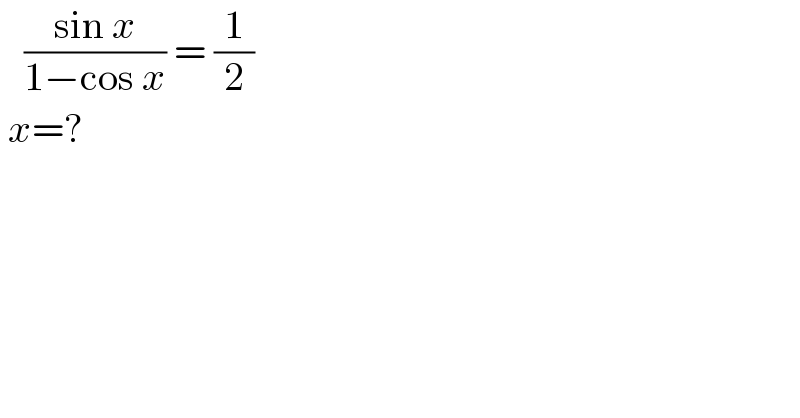
Question and Answers Forum
Question Number 162776 by john_santu last updated on 01/Jan/22

Answered by bobhans last updated on 01/Jan/22

Answered by Rasheed.Sindhi last updated on 01/Jan/22

Answered by Berlindo last updated on 02/Jan/22

| ||
Question and Answers Forum | ||
Question Number 162776 by john_santu last updated on 01/Jan/22 | ||
 | ||
Answered by bobhans last updated on 01/Jan/22 | ||
 | ||
| ||
Answered by Rasheed.Sindhi last updated on 01/Jan/22 | ||
 | ||
| ||
Answered by Berlindo last updated on 02/Jan/22 | ||
 | ||
| ||